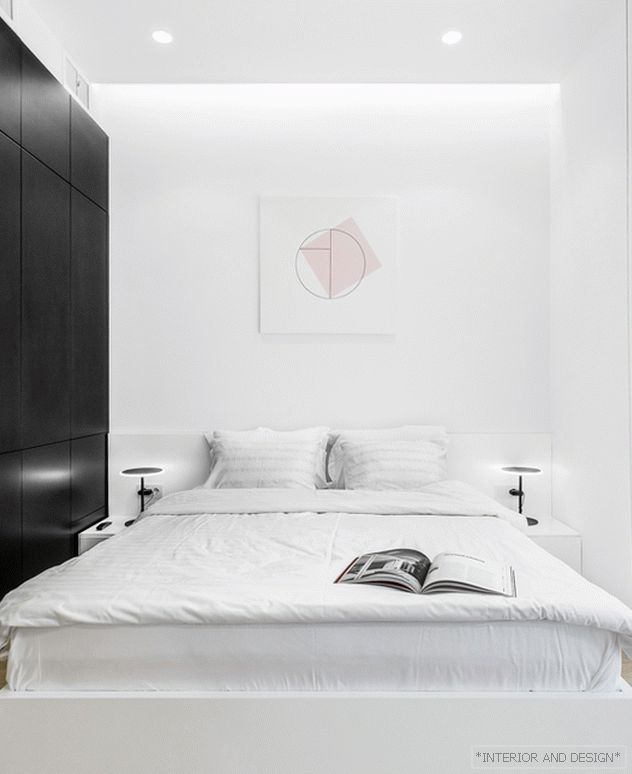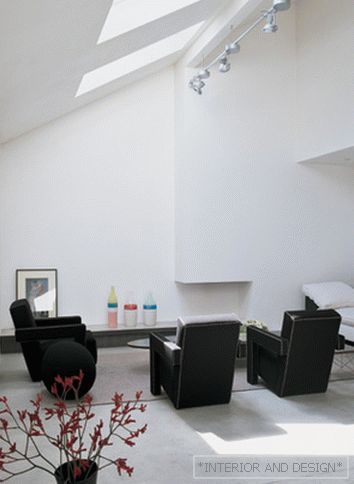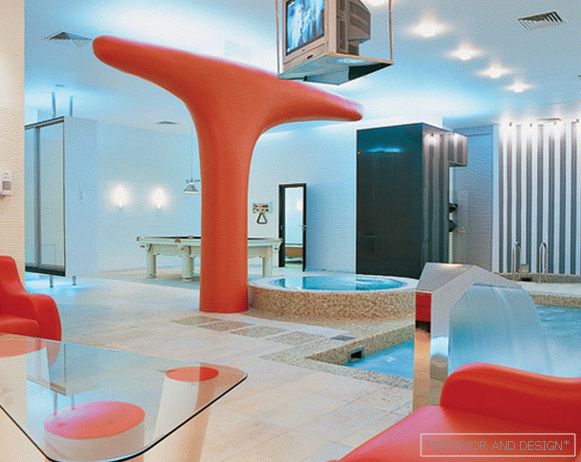House owner of a network of luxury hotels in Indonesia
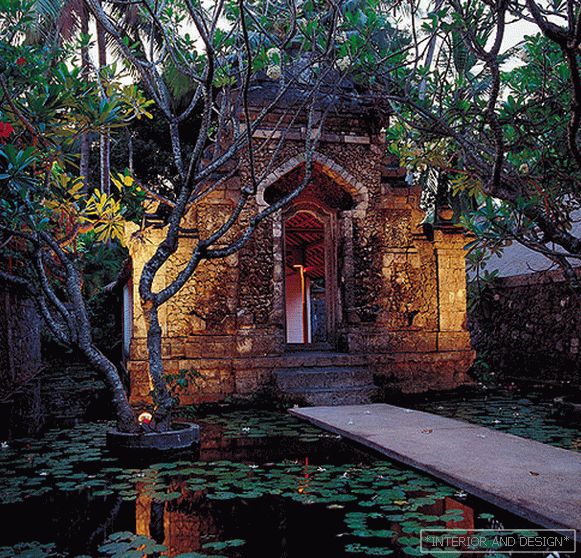
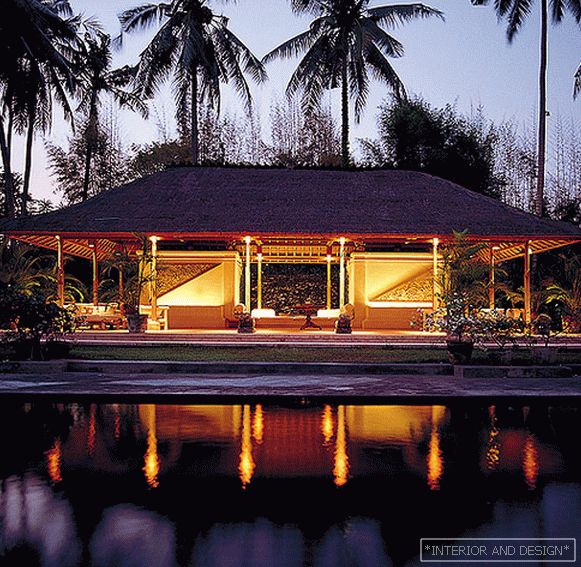
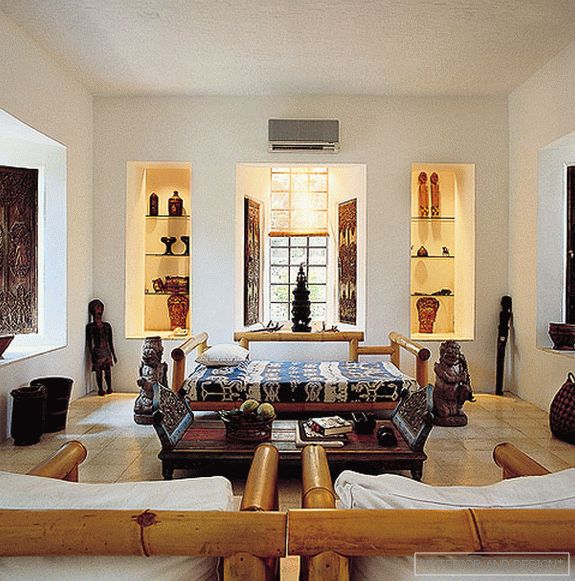
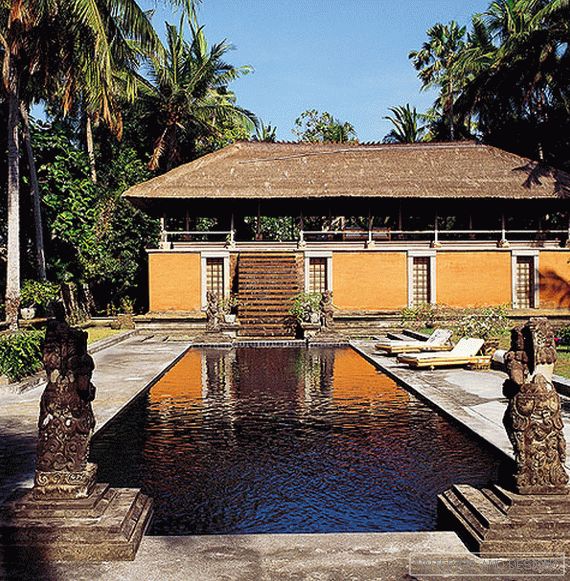
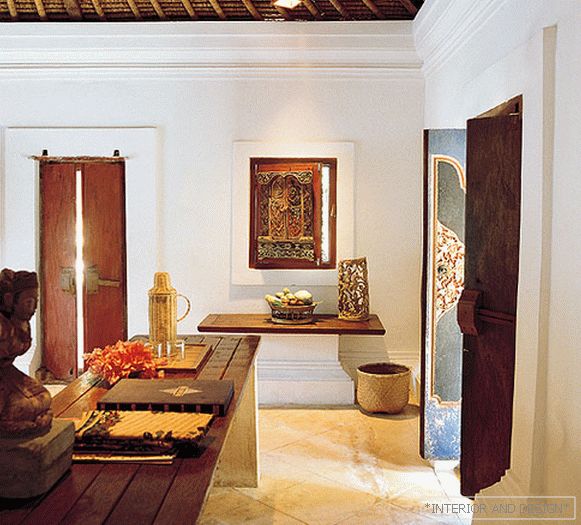
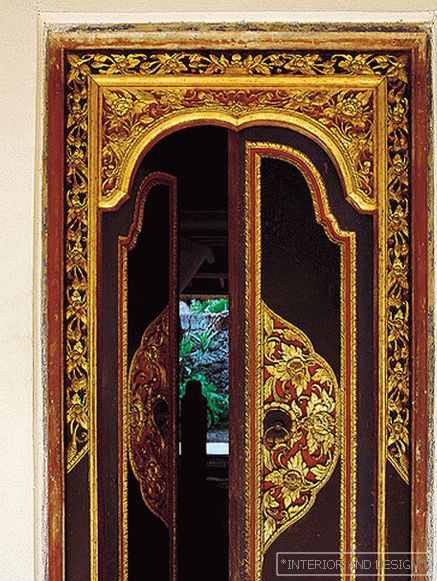

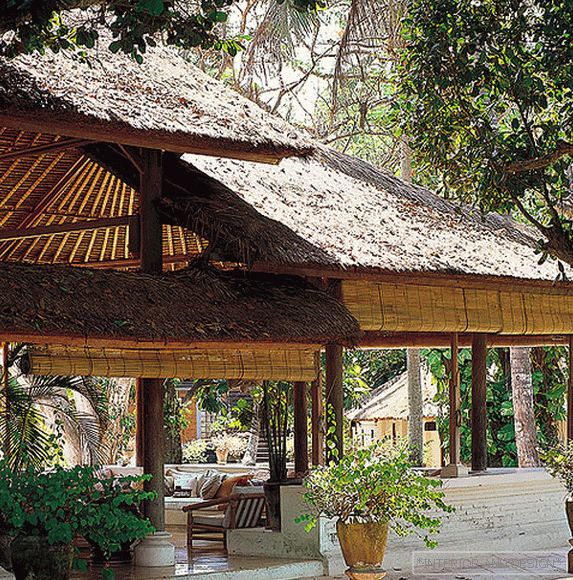
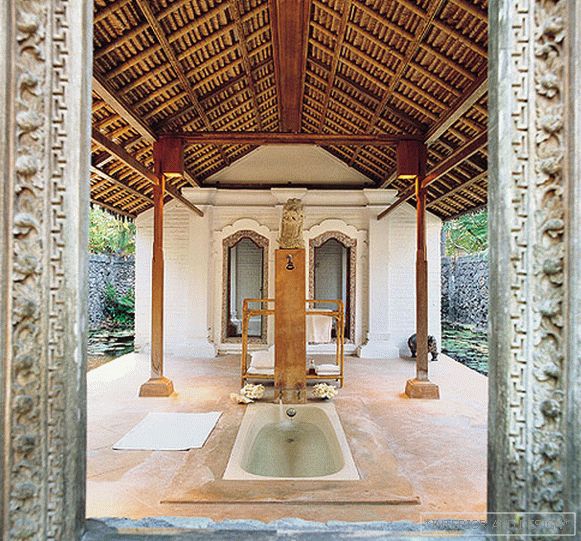
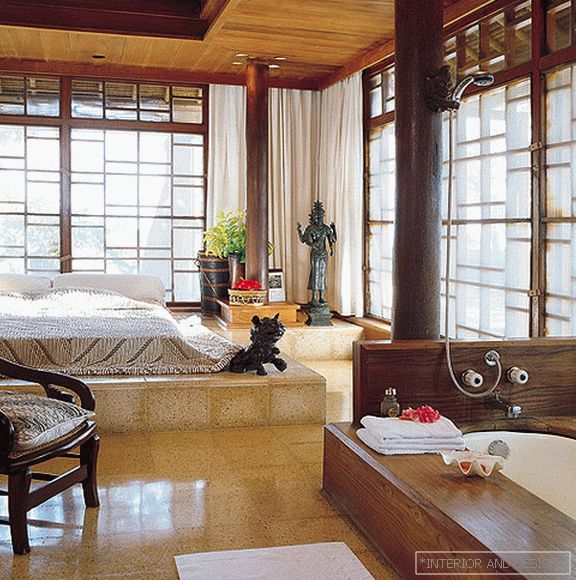
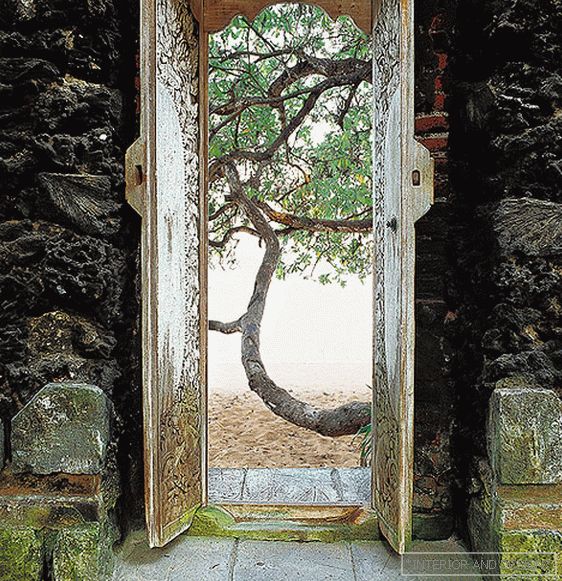
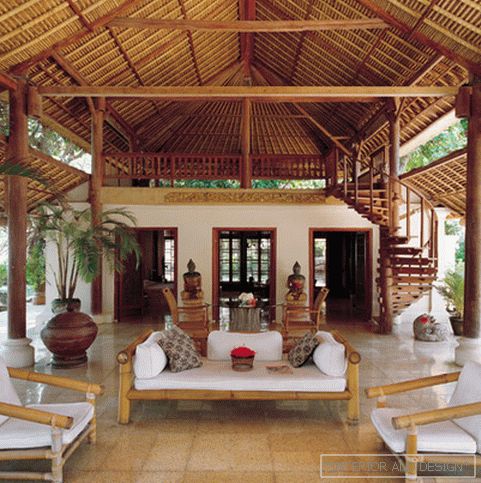
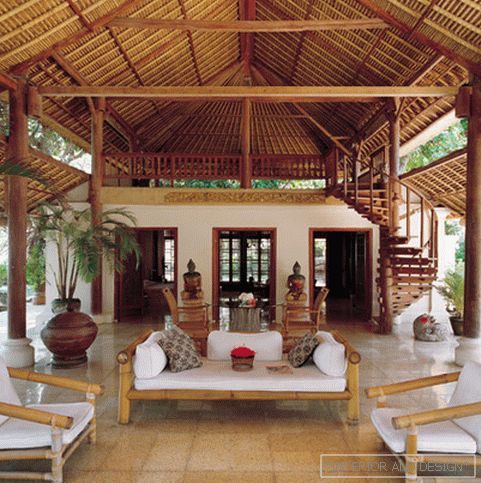 Passing the gallery
Passing the gallery A photo: - (c) Reiner Blunck
Text: Marina Volkova
Magazine: (114)
Bali is often described as a fabulous, almost heavenly place. First of all, remembering the nature of the island. Here are hundreds of protected areas: volcanoes, waterfalls, lakes and rivers. Bali is famous for its unique vegetation. So, it’s good to make legends about the beauty of the Balinese forests. The natural environment leaves a definite imprint on the Balinese lifestyle. The island is not a place for skyscrapers. The indigenous population still lives in small villages, lost in the jungle.
But vacationers managed to get here too. Even in Bali, it is difficult not to meet a compatriot on vacation. The more valuable is the place where the tourist has not stepped. Knowing everything about the leisure industry, Adrian Zeke understood this very well when choosing a site for a future home. If he prefers to build his hotels in the most visited places, then, on the contrary, he tried to hide his own house from outsiders as much as possible.
Hotels Amanresorts are the pearls of the South Asian region. They are a stronghold of oriental luxury, pompous (with a positive tinge), in short, the full constituents of the luxury empire. The house in which he himself will live, Adrian Zeke made in the spirit of a different kind of luxury. He bought a territory the size of a small British manor and built a whole residential complex on it, similar to traditional Balinese villages. The estate is organized on the principle of collective dwelling. The layout repeats the layout of the palace grounds (by the way, there are many palaces in Bali). On an area of several hectares, at a small distance from each other, there are eight pavilions, each with its own distinct function. So, one of them serves as a kitchen, the other - a dining room, the third - a bathroom, the fourth - a library, the fifth is for the hosts, the sixth - for guests ... Regardless of the function, the principle of organizing the rooms and finishing materials in all the pavilions are the same. Small - mostly one-story - buildings are divided into several compartments. In Bali, by the way, high-rise construction is generally prohibited.
According to local architectural tradition, buildings should stand out as little as possible from their natural surroundings; rather, they should be integrated into one. In this regard, many pavilions are made open. They are decorated with traditional Balinese stone or mosaic floors, wooden pillars-supports, brick walls, log roofs thatched with straw or reed. An interesting and, perhaps, unique finishing material, which is used here - corals. Dying off, they harden and become unusually dense, and therefore durable, so they are actively used in the Balinese construction business.
The main element of the decor of the rooms is the popular wood and stone carving on the island, which adorns, in particular, the doorways. Here there is an exotic furniture made of bamboo, characteristic of Bali, all the pavilions are decorated with Cambodian and Chinese sculptures and paintings that the master of the house collects.
Pavilions are surrounded by an unusually picturesque landscape. The system of basins, typical for Bali, partly passing into each other, partially connected by channels through which stone bridges are laid or stone paths are laid almost at the water level, is arranged here. In the reservoirs floating flowering water lilies.

